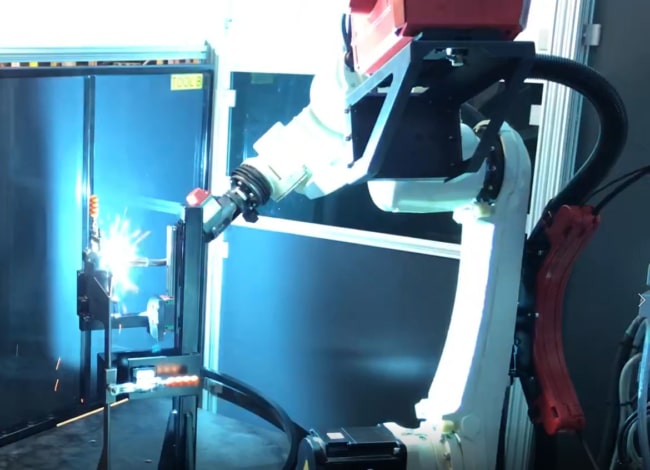Automation Servicing: Proative or Reactive Maintenance
When it comes down to your automation servicing and looking after your robotic system you might have a service contract in place, or a dedicated team looking after all of the machines on site.
You might even have a team on call 24 hours a day that makes sure your automation never stops working.
But despite all of this, when it gets down to it, there are 2 different types of automation servicing; proactive and reactive.
To better understand what these both mean and how that can apply to your business, we’ve discussed each approach in more detail. In highlighting the pros and cons of both, this blog should provide business owners with a guide to automation servicing, so that when it comes to making the decision, you know what you need, and why.
Automation Servicing - What is Proactive Maintenance?

Proactive maintenance is an approach that is driven by information. It is an approach that involves discovering the root causes of problems and ensuring there are procedures in place that mitigate stoppages and manage the time repairs take.
A simple example of proactive maintenance is having a service contract in place. Because you have agreed with an automation provider what service you want and how frequently, you know that you are going to be covered.
It’s not uncommon for service contracts to include things such as 24 hour response, or a list of spares and consumables. Having all of these things in place means that you are in the best possible position in the event of a breakdown.
Although proactive is often seen as the more ‘expensive’ approach to servicing, when you look at it over the lifespan of your machine, it can be invaluable and worth every penny.
Automation Servicing - What is Reactive Maintenance?
As the name would suggest, reactive maintenance is a process which involves reacting to problems as and when they arise. It is an approach that is seen throughout a wide range of industries and that simply involves noticing issues, and immediately getting them rectified.
When it comes to automation servicing, reactive maintenance would occur when there are no correct procedures or protocols in place. For instance, when your automation system requires some mechanical attention, through reactive maintenance you would have to locate the origin of the issues, source the required parts and labour and potentially pay additional labour costs. All things that could be solved through having a more proactive approach.
While initial costs might make reactive maintenance seem more desirable, when you compare the lifetime of your system and the required upkeep, it soon works out much more expensive.
After all, if you had a boiler that was notoriously badly tempered and you didn’t have a service package in place, how much more expensive would that be?
To Sum It Up
Ultimately it’s up to you. All we can do is provide you with the information.
Let’s use a scenario that everyone can understand. Imagine you’ve treated yourself to a new car. You drive plenty of miles up and down the country, but you didn’t opt for the additional service package.
It’s a new car after all, what could go wrong?
When something does, you have one of two options. The first is an expensive and long winded process of booking your car in, ordering the parts, and having it fit.
The second is regular visits to the mechanics to check everything over, with discount on parts and labour and peace of mind everything is running optimally.
We know which we would prefer.
In a nutshell, this is proactive versus reactive and it applies to all aspects of life, including automation servicing. If you’d like to discuss your servicing capabilities in more detail, and understand what exactly is available, you can speak to our expert team, or learn how industry 4.0 can take your servicing to the next level.
Send us your question & let us know how we can help you
Bauromat
Stafford Park 6
Telford
TF3 3AT
United Kingdom
